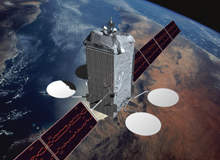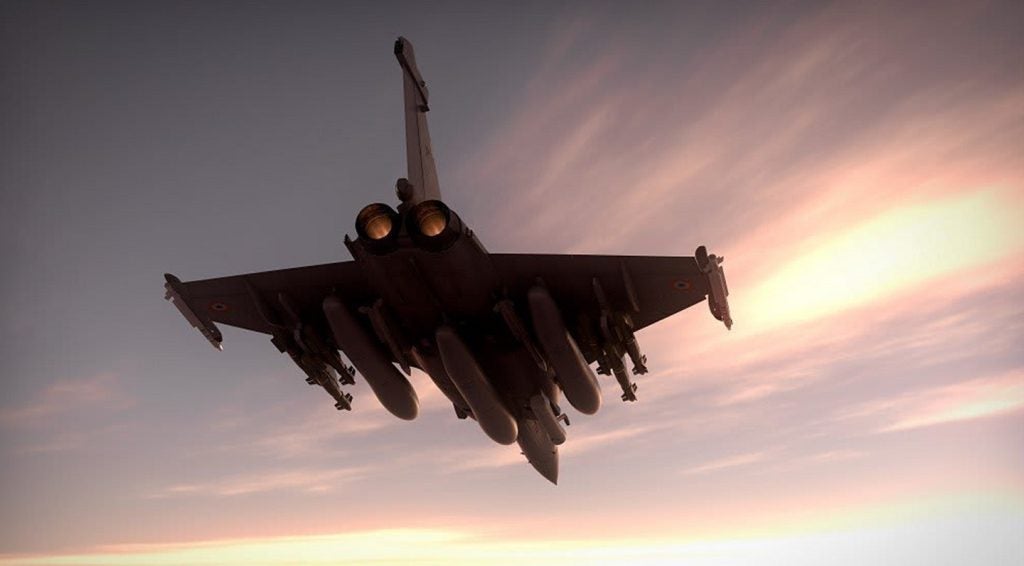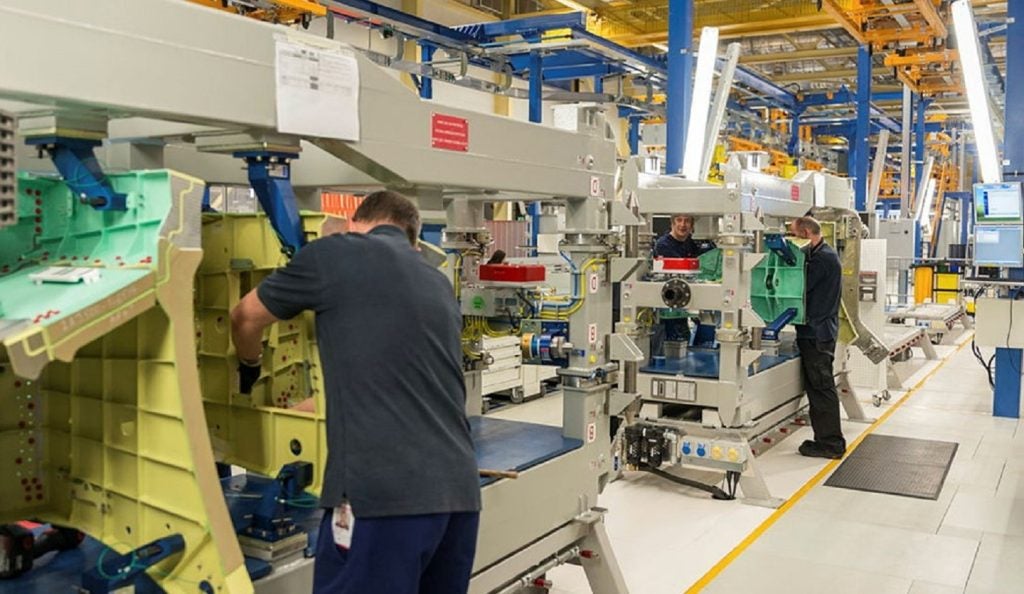
The market for satellites in defence is growing, offering the commercial satellite sector a goal that could, in future, bring in more deals than television stations and communications providers. The outcome of such a shift, however, is never going to be quite so black and white, so push and pull.
For example, the satellite industry is going to have to package its commercial off-the-shelf technology in a way that will satisfy military users looking increasingly to this option as they move toward cheaper operational budgets. The industry is also going to have to ensure it has the brains to meet the technically challenging military demands, and it is going to have to create room for R&D projects to further push these forward.
According to Futron analyst Peggy Slye, if the industry can manage to do this it could end up on a winning streak. "It appears likely that there will be an increased use of more commercial satellite and off-the-shelf technology capabilities in 2010 [by the military], primarily as a way to drive enhanced cost efficiency for government programs," she says.
Ensuring satellite skills
While commercial industry participants maintain R&D programmes, these tend to be specifically driven by existing and emerging, well-defined business requirements. "Traditional defence satellite sector companies have often supported very broad and extensive R&D programmes that were not specifically aligned to defined requirements," Slye says. Therefore, if the balance of purchasing begins to shift towards more towards commercially provided solutions, required by defence companies, then the commercial sector will undoubtedly enhance its R&D programmes accordingly.
Many the industry leaders agree that continuing to retain or develop the required level of highly technically qualified human resources required for extensive satellite and space programmes will be an ongoing challenge for the industry.
How well do you really know your competitors?
Access the most comprehensive Company Profiles on the market, powered by GlobalData. Save hours of research. Gain competitive edge.

Thank you!
Your download email will arrive shortly
Not ready to buy yet? Download a free sample
We are confident about the unique quality of our Company Profiles. However, we want you to make the most beneficial decision for your business, so we offer a free sample that you can download by submitting the below form
By GlobalDataThe US has been having some problems with this issue for some time, according to Slye. "Many engineering programme graduates return to their home country following the completion of their technical studies, rather than staying in the US for some or all of their professional careers, as had been the pattern previously," she says.
Adding to the problem, over the next decade, a very large number of senior technical experts and managers are likely to retire (albeit somewhat more slowly due to current economic conditions).
Meeting military demands
While the industry grapples with the loss of its workforce it will be gaining in one area. Defence is likely to pass on a lot of its knowledge for projects it requires, offering new perspective for the satellite industry.
Brig. Gen. Tip Osterthaler (USAF, Ret.), CEO of Americom, part of the SES family of companies, says that government and commercial satellite owner / operators will see the advantages of closer collaboration. For example, in 2010 the US DoD is opening the door for a direct contractual relationship with commercial operators through its award of future COMSATCOM services acquisition contracts.
While the US Government continues to pursue several of its own satellite programmes, the trend to go commercial is still going to be seen quite clearly throughout the industry. "The cancellation of the transformational satellite communications system (T-SAT) is likely to be only partially mitigated by additional government-owned spacecraft," he says, adding that it is also likely that a number of the applications that users anticipated would be supported by T-SAT will, in fact, migrate to commercial capacity.
In defence's defence
The US Government's willingness to exploit commercial capabilities could help the government shorten development cycles and reduce risks and costs. Osterthaler says the US commercially hosted infrared payload programme, for example, entails the hosting of an experimental sensor on a commercial spacecraft, enabling the US Air Force to fly a promising new technology much earlier than anticipated and at a fraction of the planned cost.
For owner / operators such as SES, the closer direct relationship with the government could also lead to more company investment on behalf of US Government users – especially as the industry gains a better understanding of user needs. Osterthaler says, "The fixed satellite service operators have generally performed well financially despite the global recession, and a closer relationship with the US Government is likely to further bolster performance."
Because the US Government generally buys in blocks with long intervals in between programmes technology insertion opportunities are rare. This leads to a tendency to push technology in great leaps, an inherently risky approach. On the other hand, commercial operators tend to buy frequently and a single spacecraft at a time or in small blocks, allowing for regular and incremental technology insertion.
Defence satellites will continue to support a range of missions from commercial-type services such as the back haul of large data streams to mission critical operational functions such as command and control.
For 2010 and beyond, the trend seems to be for the DoD to focus on providing unique capabilities that commercial operators cannot economically offer and to let industry provide the basic infrastructure to support other needs.
In terms of innovation, commercial operators should expect the DoD to be increasingly concerned with information assurance and should be prepared to innovate in this area if they wish to remain part of the basic communication architecture of the DoD.
The good news about the balance between commercial and defence satellite market is that there are a number of technologies developed for government use that are already being used on commercial craft, or that could be adopted. For example, the deployment of active phased array antennas for both transmission and reception have the potential to reduce weight and power consumption while providing much greater flexibility for beam forming and pointing.
Will the shoe fit?
While the outlook for the satellite industry and the new interest from defence is generally positive, not all parts of the industry will benefit in the same fashion. Launch services, for example, are not in the same situation as other industry segments. One of the largest launch service provides ILS Proton, for example, primarily launches commercial satellites, but ILS and its partners at the Khrunichev State Research and Production Space Centre are capable of offering ILS Proton launches with military hosted payloads, according to ILS executive Karen Monaghan.
In these cases, ILS will work with Russian Government agency Rosoboronexport (Roe), the state's intermediary organisation for export and import of military and dual-purpose products. The work will involve obtaining necessary authorisations for ILS and Khrunichev to launch these payloads on Proton.
In the past ILS has successfully obtained the required approvals from both the US and Russian Governments to launch the UAE's Yahsat 1A/1B communications satellites, which are intended for military and civil end users. ILS has also received approval from the US Government for the preliminary integration of the Intelsat-22 communications satellite for Intelsat, which Monaghan says "will host a UHF payload for the Australian Defence Force".
As a result of rising customer demand for lower-cost alternatives for light satellites, ILS embarked on a new programme in 2009 introducing ILS / Proton Duo to the marketplace. The ILS / Proton Duo capability represents a 20% cost reduction per kilo launched compared with the Ariane offerings.
This dual-manifested approach, and the fact that there is currently only one launch provider serving this market, namely Russia's AR/ Soyuz, prompted the development of the ILS / Proton Duo capability. ILS introduced this capability in October 2009 and started actively marketing it this year.
With a track record of launching multiple spacecraft to different orbits successfully (with the Iridium, Glonass, Express, Cosmos and Raduga spacecraft), Proton says it's now capable of launching two spacecraft to GTO. The ILS / Proton Duo is currently offered for paired missions with a single customer. The capability is being offered for launch of two Orbital Sciences satellites and the first launch of the ILS / Proton Duo is anticipated for early 2012.






